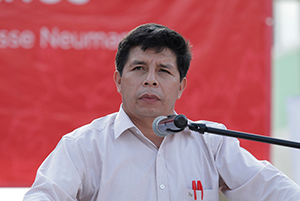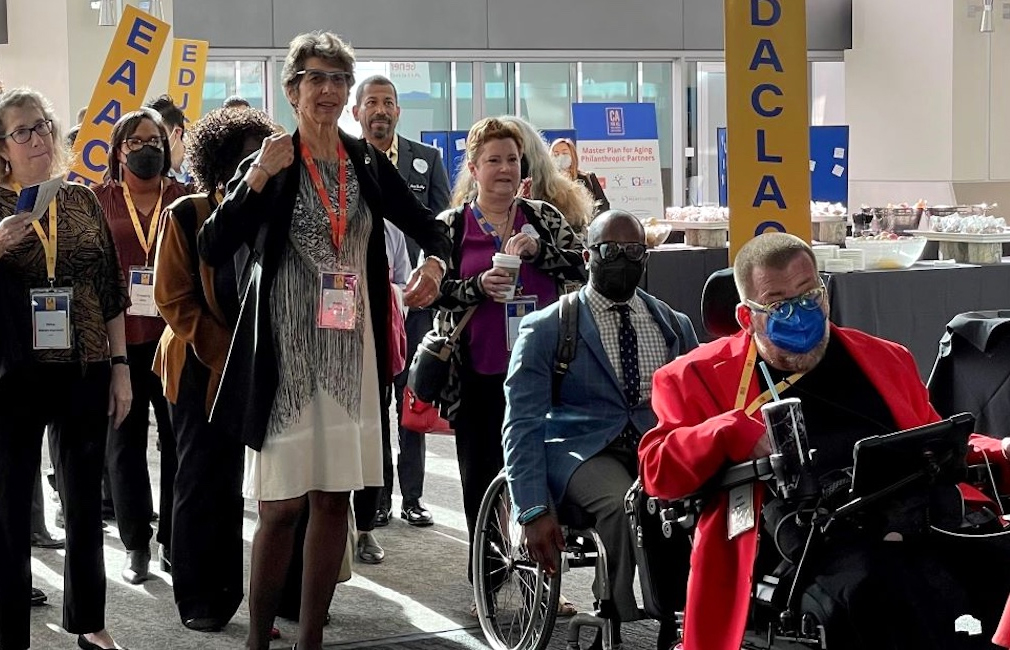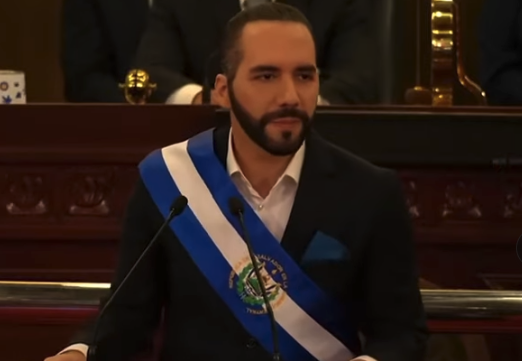What we should learn and do to secure their growth
Sponsored content from JPMorgan Chase & Co.
Silvana Montenegro
You don’t have to look too far to see the impact Hispanics and Latinos have on the U.S. economy. Comprising over 20% of the U.S. population, Hispanics and Latinos contribute $2.7 trillion in GDP to the economy and hold $1.9 trillion in purchasing power, up 212% over the last decade
Put simply – if the Latino and Hispanic community in the U.S. stood as a standalone economy, it would be the seventh largest economy in the world.
To mark Hispanic Heritage Month, we sat down with Silvana Montenegro, Global Head of Advancing Hispanics & Latinos at JPMorgan Chase, to discuss the many contributions of Latinos to the American economy and how JPMorgan Chase is helping the community expand its growth opportunities.
What inspires you to do this work?
MONTENEGRO: I was born and raised in São Paulo, Brazil. From an early age, my father and grandmother taught me the importance of hard work, curiosity and creating a world that is fairer for all. They instilled in me the values that have defined my career, including the importance of education and the value of lifting others. Supporting our communities through our Advancing Hispanics & Latinos work at JPMorgan Chase is a passion for me. Every day, I wake up with a strong sense of responsibility to get things done for our communities.
What are some opportunities facing Hispanic and Latino communities?
MONTENEGRO: It’s crucial to continue to tell the community’s full story: we are major contributors to the nation’s economy and the youngest demographic. While we recognize our power and influence, it is important that we tell a positive story. All told, Hispanic entrepreneurs are the fastest growing business segment in the country. We represent nearly one-quarter of all U.S. businesses and grew 140% over the last decade. Hispanic business owners – all 4.37 million– have fueled a tremendous amount of growth. People often associate our communities with headwinds and economic challenges. But when we make assumptions about what’s possible within a community, we miss the opportunity to build together, grow our family wealth and expand economic opportunities in the neighborhoods where we live and work.
Tell us more about the program you lead?
MONTENEGRO: Through our Advancing Hispanics & Latinos program, we are committed to driving meaningful and sustainable change for our communities by focusing on four key areas: careers and skills, financial health and wealth creation, business growth and entrepreneurship and community development.
As a firm, JPMorgan Chase has committed $30 billion by the end of 2025 to help address the racial wealth gap and break down systemic barriers. This investment empowers us to support and elevate our communities’ potential and promote a pathway to homeownership, affordable housing, entrepreneurship and more.
Access to capital is the biggest challenge for Hispanic and Latino-owned businesses. How can we change this?
MONTENEGRO: The biggest challenge for most Latino-owned businesses is access to capital. While non-profit accelerators like Accion Opportunity Fund – funded in part by JPMorgan Chase – are making strides to fund diverse businesses before you’re eligible for conventional financing, it’s important for Hispanic and Latino business owners to connect with a business expert to get advice. They can make sure you’re leveraging the right tools to manage cash flow, navigate supply chain disruptions, and complete the loan application process.
How is JPMorgan Chase advancing career growth for Hispanic and Latino talent?
MONTENEGRO: JPMorgan Chase is expanding external partnerships and recruiting efforts while developing resources that promote career advancement and mobility. We’re also working with Hispanic Serving Institutions (HSIs) and organizations to deepen college campus relationships, increase student internships and empower future community leaders. We are also launching an internal mentorship program for mid-level professionals to help Hispanic employees connect with colleagues and get meaningful advice on how to progress in their careers.
What other resources does JPMorgan Chase have available to support Hispanic and Latino communities?
MONTENEGRO: This year, we launched the Advancing Hispanics & Latinos Fellowship Program. This program gives students hands-on experience, mentorship and a project-based curriculum to create future opportunities. This summer, we welcomed nearly 200 college sophomores for a six-week program to gain experience for their future careers in banking and finance. We are excited about this program’s impact.
We focus on Hispanic and Latino students by partnering with select student organizations including The Hispanic Scholarship Fund to support scholarship and career development opportunities. Through these partnerships, our senior leaders get to connect with students, share their career experiences and recruit new top talent to the firm. We’re also working with recruiters to bring more Latino mid-level and senior leaders to JPMorgan Chase.
All told, this work empowers Hispanics and Latinos to embrace our differences as strengths, not as barriers. There is so much potential in our communities, and we can find power in that potential to create important economic opportunities.
Visit [link] for more information about how JPMorgan Chase is driving meaningful and sustainable change for Hispanics and Latino communities.












